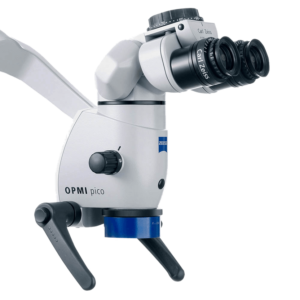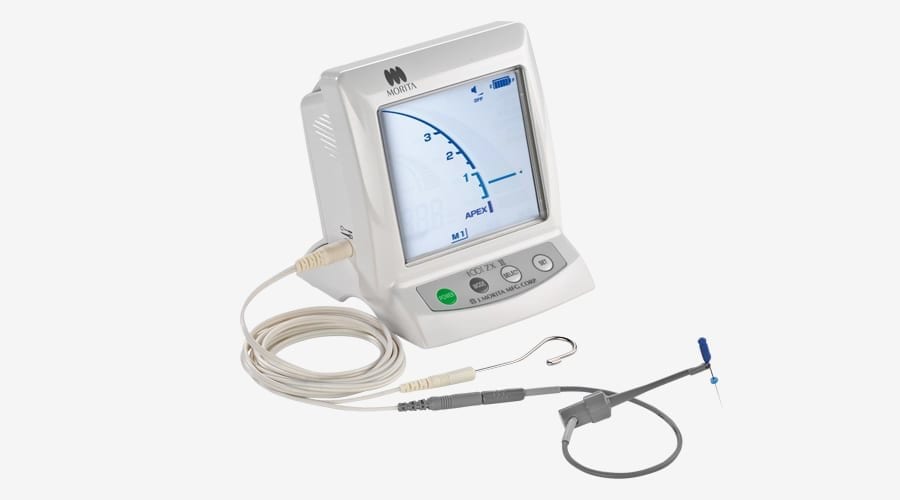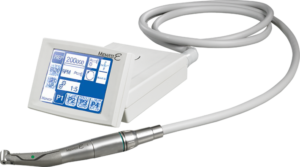TECHNOLOGY

Surgical Operating Microscopes
A common question people ask is, “how the heck do you see inside that tiny hole in my tooth?” The answer is the surgical operating microscope. It has the ability to magnify from 5 to 20 times the original size. It also provides shadowless light. Combined, these improve our ability to see and treat all of the intricate anatomy of your tooth.
Apex Locators
An apex locator is an electronic device that measures the length of the tooth. The “old” way of measuring a tooth, taking an x-ray, has been proven to be far less accurate than an apex locator. By using an apex locator it means you will be exposed to far less radiation than if we did not use it. There are occasions, however, when x-rays are helpful and we try to be judicious in its usage.


Electronic Handpieces
We frequently hear comments about how loud the drills are and how much pushing and tugging there is during a root canal. Unfortunately we still have to use the drill but it’s for a much shorter duration than a filling or crown. Electronic handpieces are much quieter and allow us to use less force.
Digital x-rays
Digital x-rays use less radiation than film x-rays. The images are acquired nearly instantaneously so there’s no waiting around for film x-rays to be developed.


Cone Bean Computed Tomography (CBCT)
3D imaging allows us to evaluate your tooth, surrounding teeth, and supporting structures. It provides significantly more information than traditional x-rays, allowing us to diagnose problems better. In some cases the CBCT provides information that the traditional x-ray does not, and this gives us the information to treat or not treat a tooth. When treating a tooth it provides information on how many canals are present, curvature, and aberrant anatomy.
